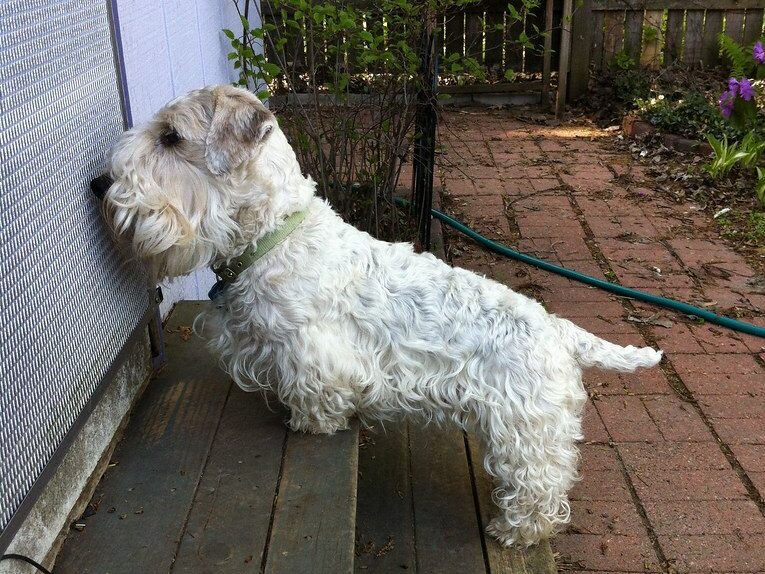What is Your Dog’s Ideal Weight?

Maintaining your dog at an optimal and healthy weight is key to their long-term health and well-being. But how can you tell if your pup is at their ideal weight? This guide provides key insights into the factors that affect your dog’s weight, along with actionable steps to help you determine and achieve the perfect weight for your dog.
Breed-Specific Considerations
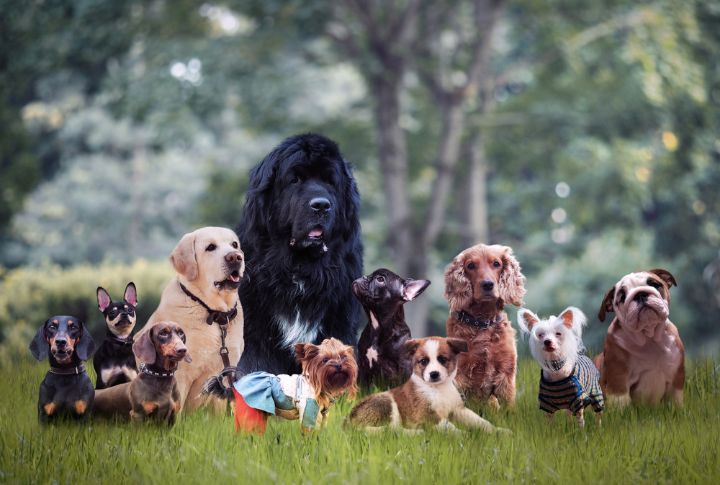
Different breeds have unique body structures and genetic predispositions, so they won’t all weigh the same. A breed weight chart can help you know the ideal weight for your dogs. For example, a Chihuahua’s healthy weight is below 6 pounds, but that of a Wire Fox terrier is 15 to 20 pounds.
Age Matters
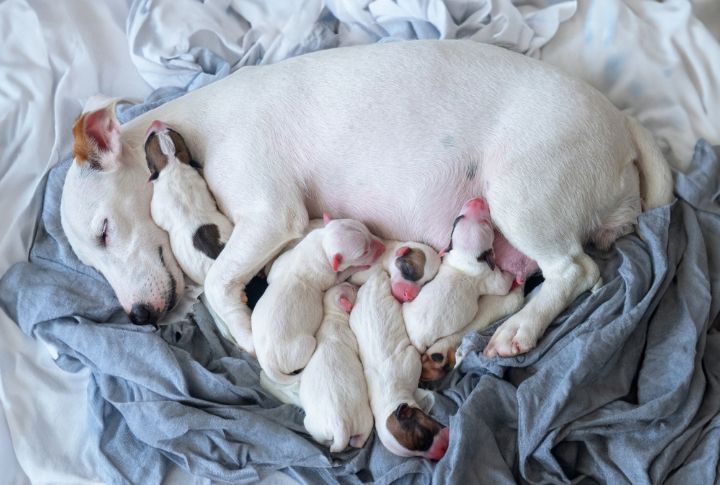
Growth comes with weight changes in dogs. As a dog grows, its weight will likely increase, but it may not remain so as it gets older. Their reduced appetite and declining muscle mass are some reasons for this. Gradual weight loss is not always something to worry about, but if it’s sudden, there may be a problem.
Gender Differences

It’s common for male dogs of the same breed to weigh more than female dogs. This is because male dogs are typically taller, larger, and have bigger heads. However, female dogs are more likely to gain weight due to factors like hormonal changes. Notably, dogs that have been spayed are more likely to be obese than those that haven’t.
Activity Level
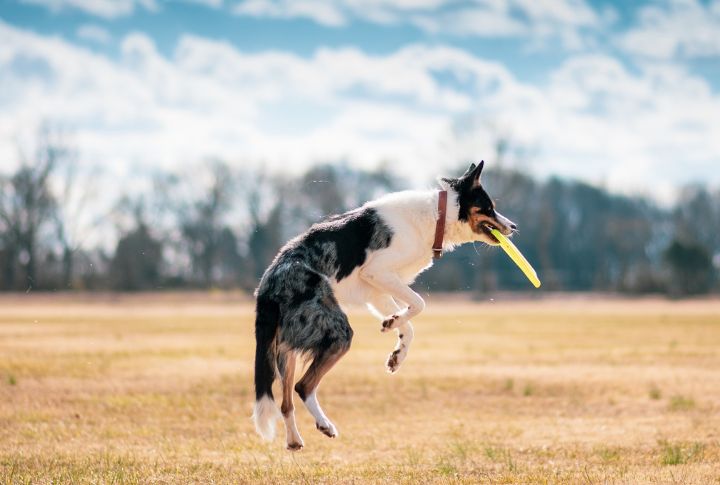
Depending on the activity level, a dog may be heavier or lighter than others of its breed. Many tasking activities dogs engage in can increase their muscle mass, so they’ll weigh higher than less active dogs. Exercise helps maintain a dog’s weight, so dogs who get enough will likely avoid obesity.
Body Condition Score (BCS)
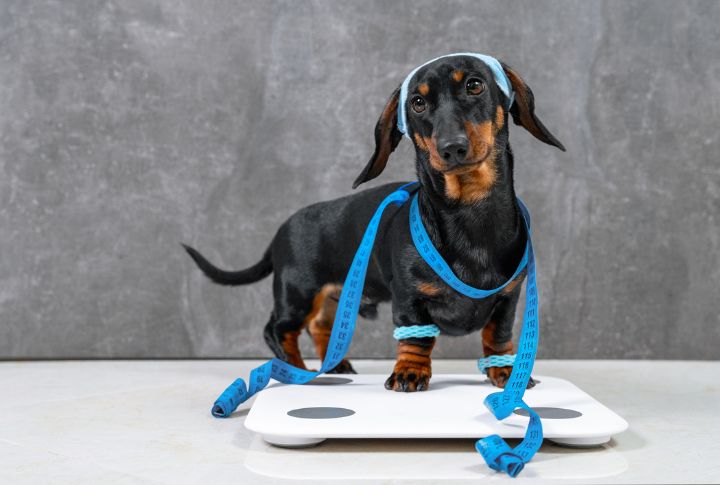
The Body Condition Score assesses a dog’s body fat. A BCS scale may range from 1 to 9 or 1 to 5, with 1 being emaciated and the highest number being obese. The mid-number 5 indicates an ideal body condition. This scoring system involves visual assessments and palpation to feel the dog’s ribs, waist, and abdominal tuck.
How to Perform Body Condition Scoring (BCS)
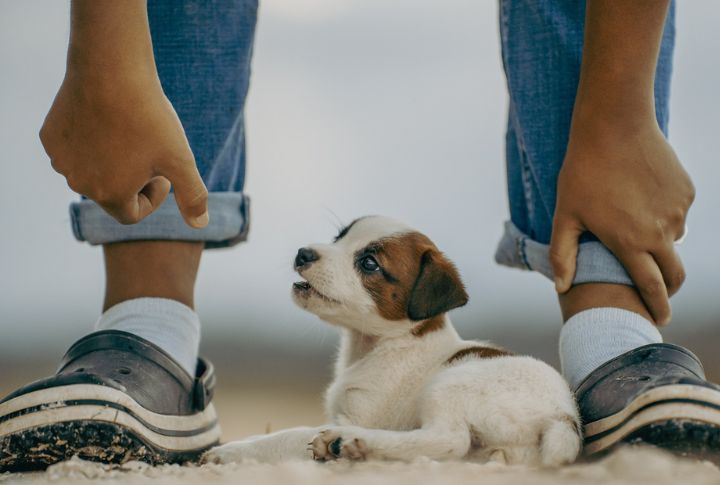
To perform a BCS on your dog is easy. You’ll need just your hands and your eyes. Prepare your dog for it by confirming that they are calm and comfortable. Also, ensure you are in a place where your dog can stand and lie down without distractions. Then do the following:
Touch Assessment: Ribs
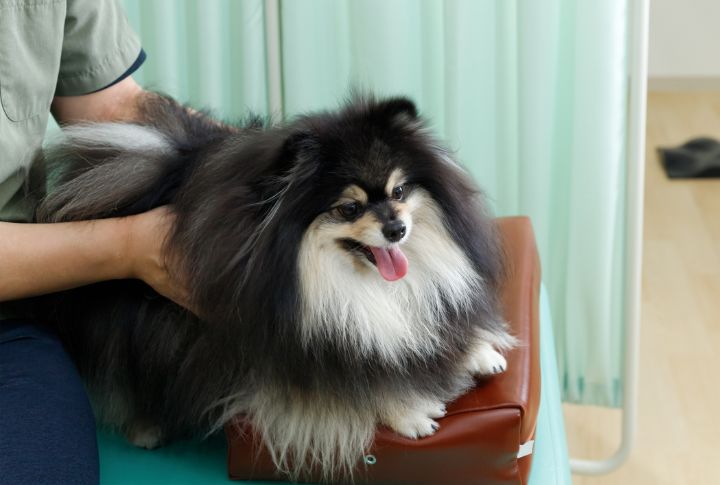
Gently run your hands along your dog’s ribcage. Ideally, you should easily feel the ribs and a thin layer of fat over them. You may have an underweight dog if you can see the ribs prominently. However, if you have to press too hard to feel the ribs, that may be due to being overweight.
Touch Assessment: Spine and Hips
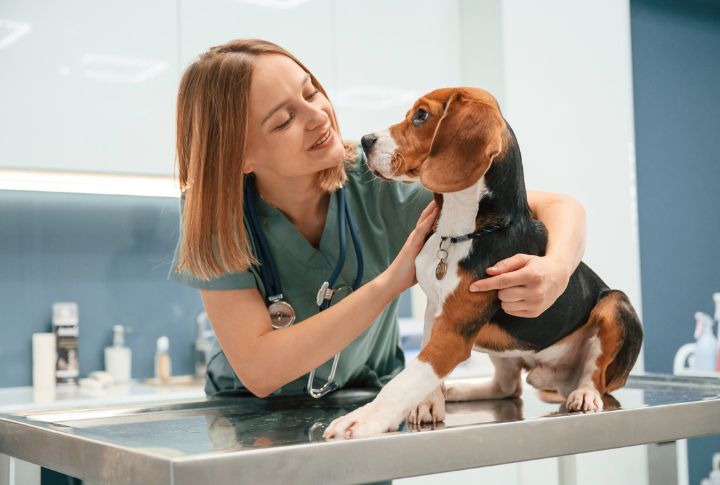
After that, go for the spine and hips. The bones should be detectable but not protruding. If they aren’t easily detectable due to excess fat covering these areas, that’s a pointer to overweightiness. Prominent bones, on the other hand, suggest underweight.
Touch Assessment: Abdominal Tuck
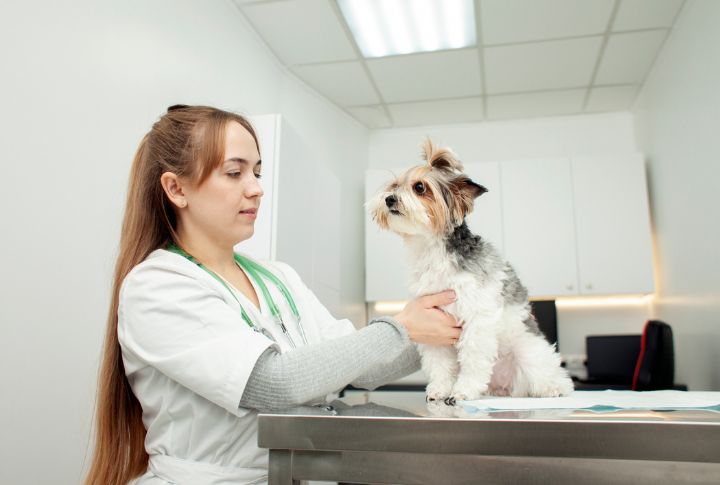
With your dog standing, feel the abdomen area—where the belly and the hind legs meet. A noticeable upward tuck should be after the ribcage, leading to the hips. A sagging abdomen may indicate excess fat. This depends on the breed, though. Fat cannot easily cover the tuck for some breeds with deep chests.
Visual Assessment: Side View
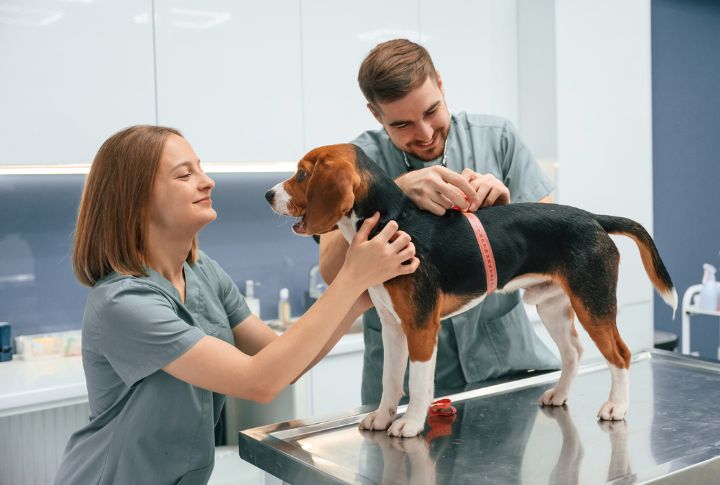
Look at your dog from the side and check for a noticeable waistline behind the ribs. The abdomen should be tucked up, not drooping low. You also want to see if their hips, ribs, and spine are easy to see or if much fat is covering them.
Visual Assessment: Top View
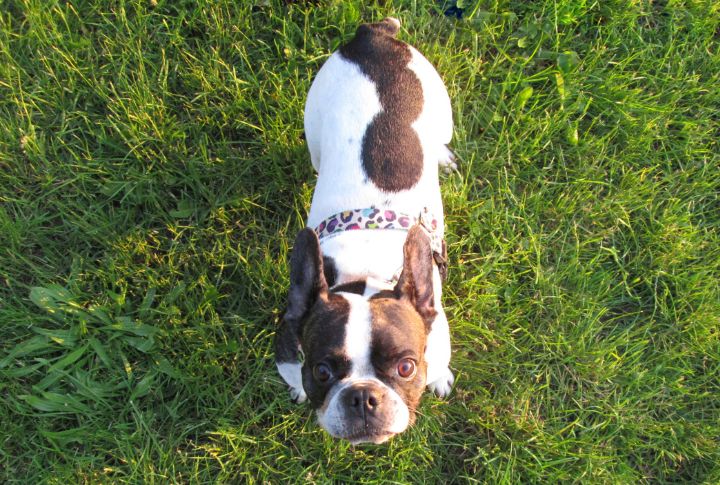
After that, look down at your dog from above. There should be an observable narrowing at the waist behind the ribs. This “hourglass” shape is indicative of an ideal body condition. If you see an oval shape instead, you may have an overweight dog.
Assigning a Score
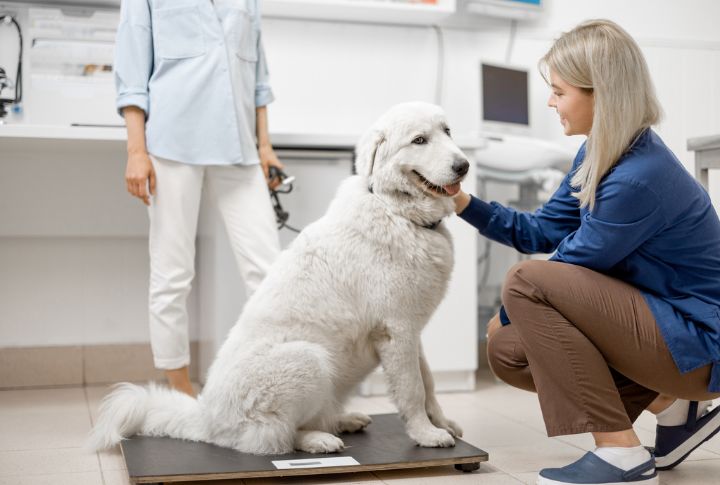
While you can use the 1 to 5 or 1 to 9 scale, the second option is the more popular. Pick any scale you choose and score your dog based on what you see and feel. The ideal weight should put your dog in the middle of the scale or slightly on the thinner side.
Your Dog’s Target Weight

After knowing your BCS, it’s time to find your dog’s target weight. Subtract 5 from your dog’s starting BCS, and multiply the result by 10. Add 100 to the result. Now, divide 100 by the result you got. Multiply what you have by your dog’s current weight.
The Formula

The method was developed thanks to Royal Canin and University of Liverpool Researchers. Here’s the formula to make it easier to calculate: (Ideal weight) = Initial Weight × (100 ÷ (100 + (BCS – 5) × 10))
What Next?
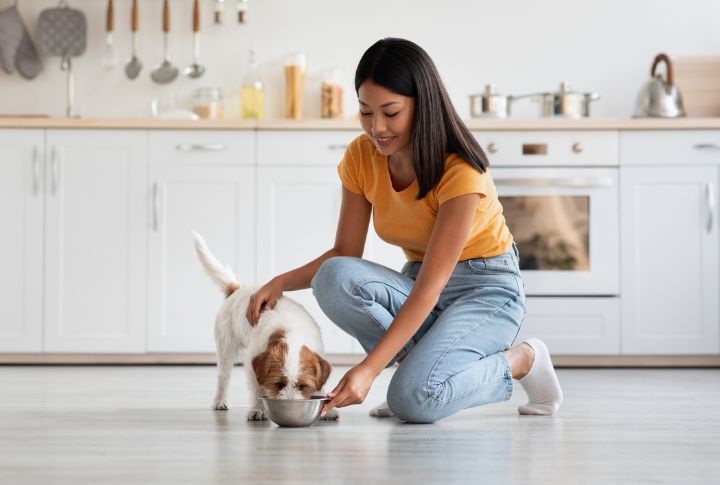
After finding your dog’s ideal weight, it’s time to work towards achieving that. You’ll tailor the dog’s diet and exercise to fit the desired weight you want to achieve. Never stop tracking their weight, so you can easily notice when there is a weight gain or loss. However, if there is a quick, drastic weight loss, then it may be a health problem.



